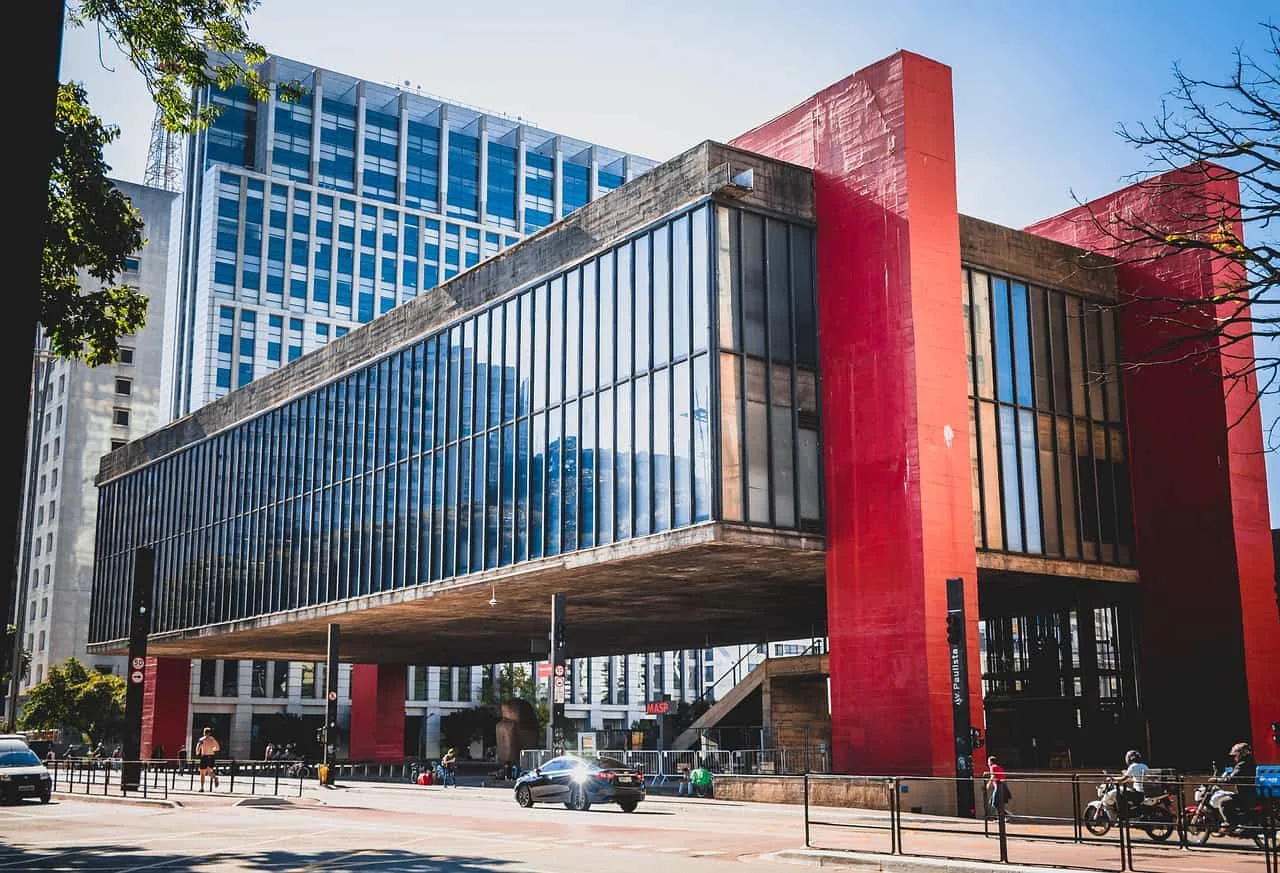It’s one of the most famous paintings by one of the greatest Renaissance masters in history.
In this post, you’ll discover the ultimate list of facts about the Resurrection of Christ by Raphael.
1. It was one of his earliest commissions
The Resurrection of Christ by Raphael (1483-1520) is one of the earliest commissions that the painter received. The work was created between 1499 and 1502. Since he was born in the year 1483, this means that he was only 16 years old when he started the work and still in his teens when he completed it.
While it’s somewhat disputed, this would also mean that he was still an apprentice in the workshop of Pietro Perugino, an Italian painter of the Umbrian School and one of Raphael’s major influences.
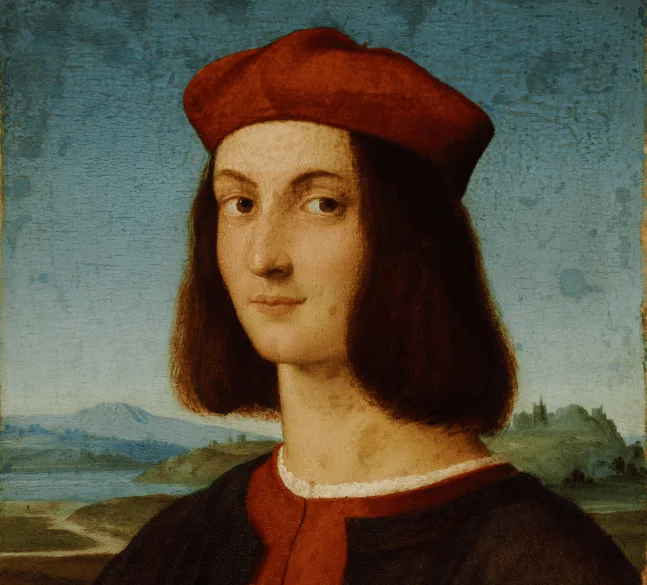
2. It’s one of his smaller paintings
The fact that he worked nearly 3 years on the painting doesn’t mean that it’s huge. It only has dimensions of 56.5 × 44, 47 centimeters (17 x 22.2 inches).
Compared to some of his other famous paintings such as “The Transfiguration” (405 x 278 cm / 159 × 109 in) or “The School of Athens” (500 × 770 cm / 200 × 300 in) this is indeed relatively small!
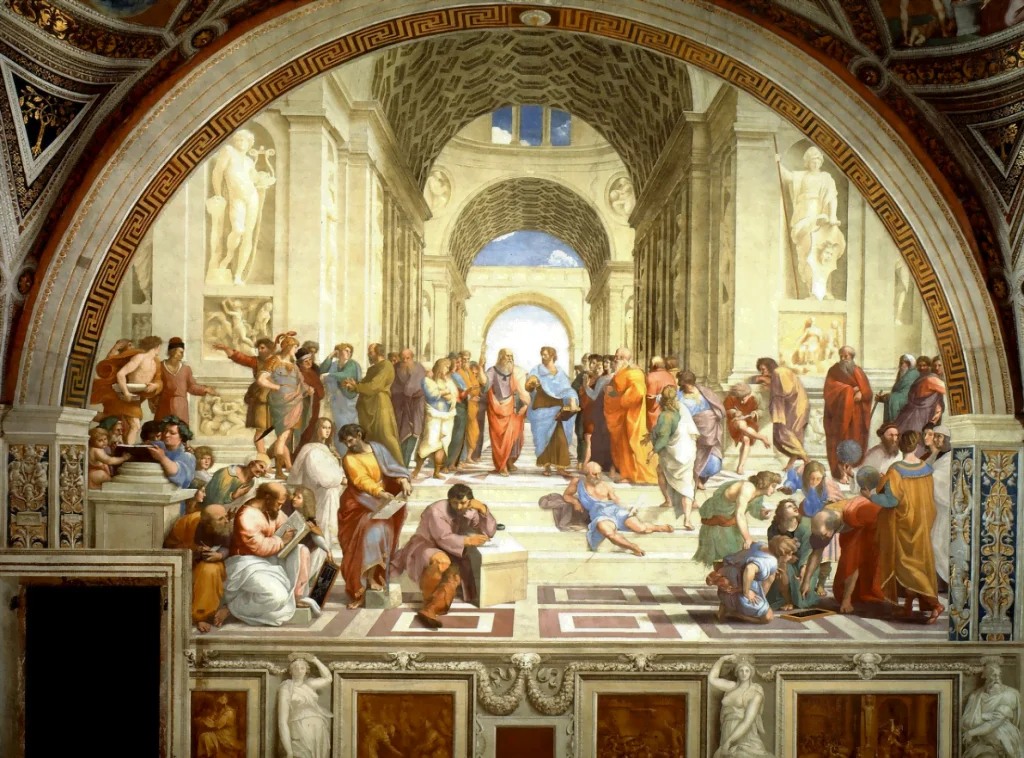
3. It’s unsure where it was supposed to hang originally
So who commissioned the Resurrection of Christ by Raphael?
Up until this day, this question has remained unanswered. Some sources claim that it’s an altarpiece of which the origin is unknown. Other sources state that it’s one of the remaining works of the Baronci Altarpiece.
The Baronci Altarpiece was his actual first recorded commission. It was destroyed by a serious earthquake in the year 1789. Fragments that survived can still be found in museums all across the world, including but not limited to the Louvre in Paris, the Ashmolean Museum in Oxford, and the Detroit Institute of Art.
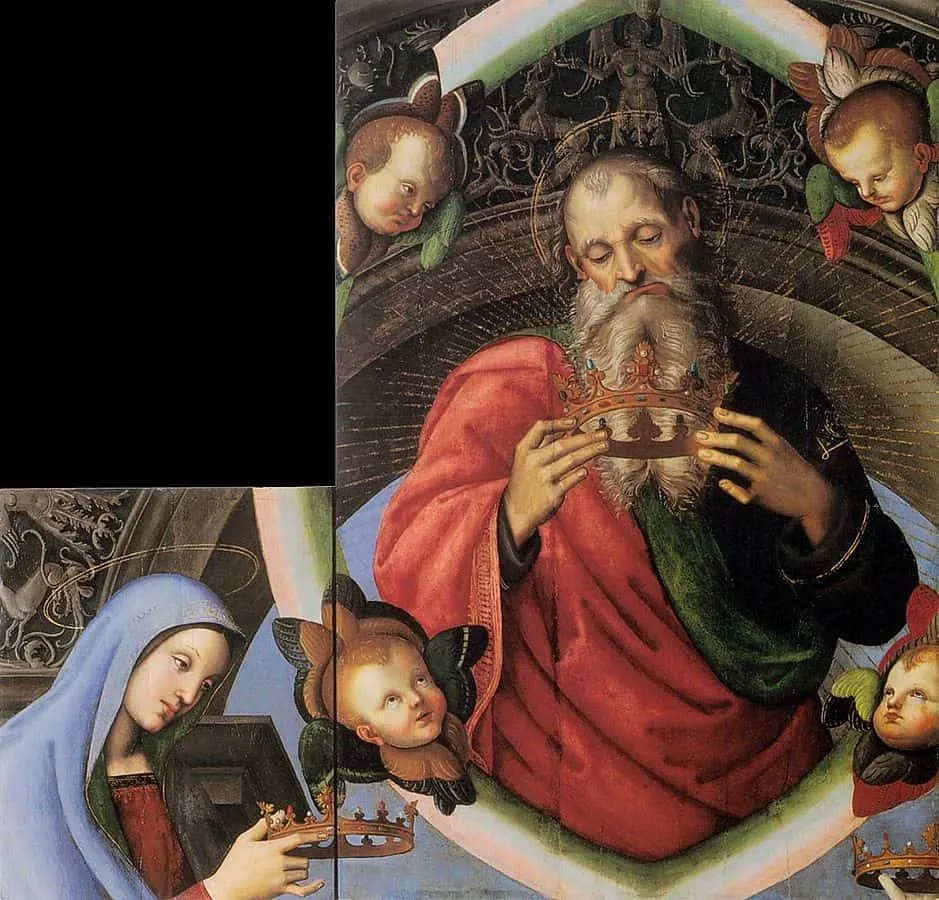
4. It’s the work that set the tone for Raphael’s career

Even though the work was most probably created while Raphael was still a pupil of Pietro Perugino and was seriously influenced by his teacher, he already set the tone for the rest of his career in this painting.
While the composition of Perugino’s style can be seen in this painting, Raphael’s teacher didn’t use the dramatic elements which would define Raphael’s works.
Raphael had a unique ability to animate the figures in such a way that they appear to be moving around the main character in one form or another. In this painting, the figures move around Jesus Christ who had just been resurrected from the tomb where he was buried in.
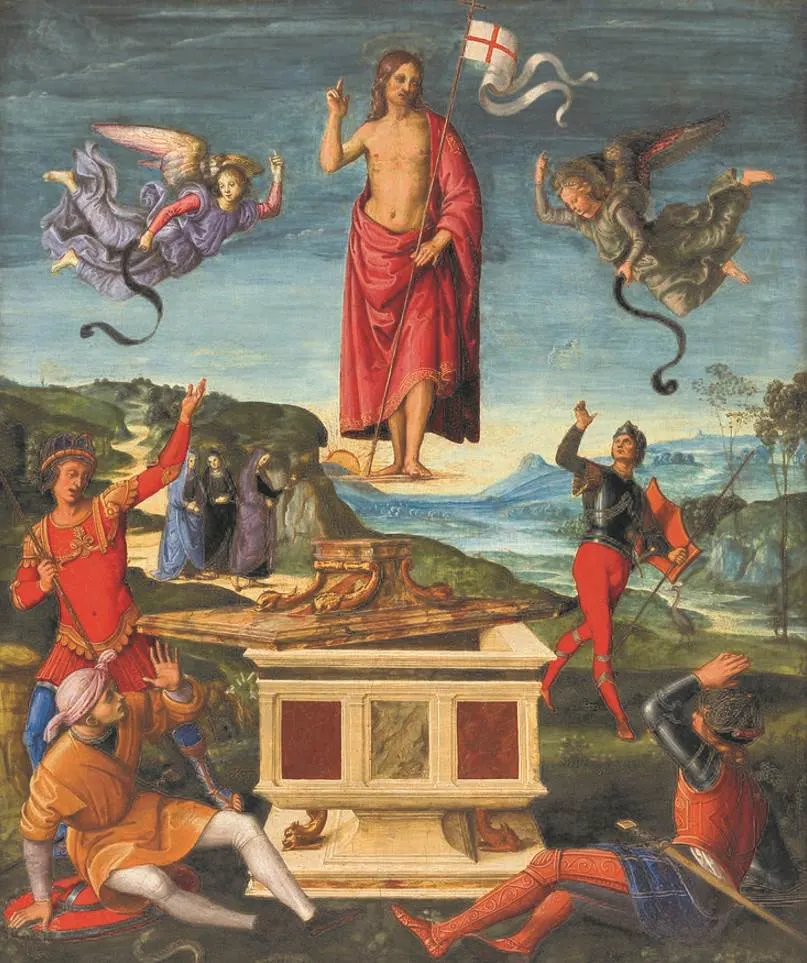
5. The snake represents Christ defeating Satan
Jesus Christ is the main figure in the painting and the symbolism used by Raphael all refers to his resurrection. At the bottom of the painting, we can see a snake which is the representation of Satan as often stated in the Bible.
We can interpret this as Satan being defeated as Jesus Christ rises to the Heavens above.
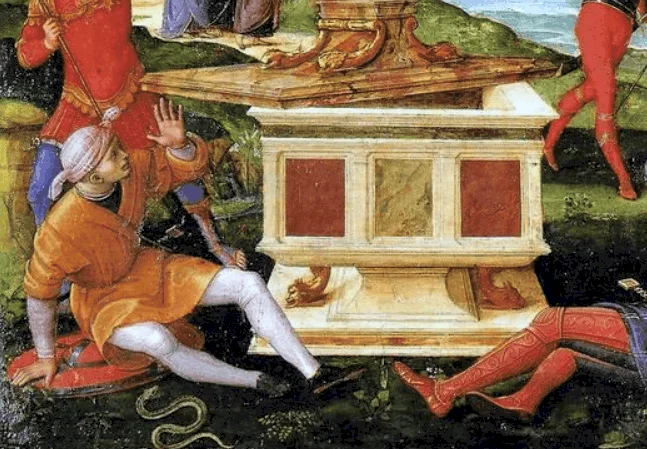
6. The guards raising their hands is significant as well
Around Jesus’ tomb, we can see the 4 guards who are surprised by the sudden resurrection of Christ. Two of them seem to defend themselves while the two at the bottom have fallen down with their hands in the air.
The 4 hands raised by the guards also have a specific meaning and refer to Christ bringing together his people from all 4 corners of the world, as stated in Isaiah 11:12 as:
And He will lift up a standard for the nations and assemble the banished ones of Israel,
Isaiah 11:12.
And will gather the dispersed of Judah from the four corners of the earth.
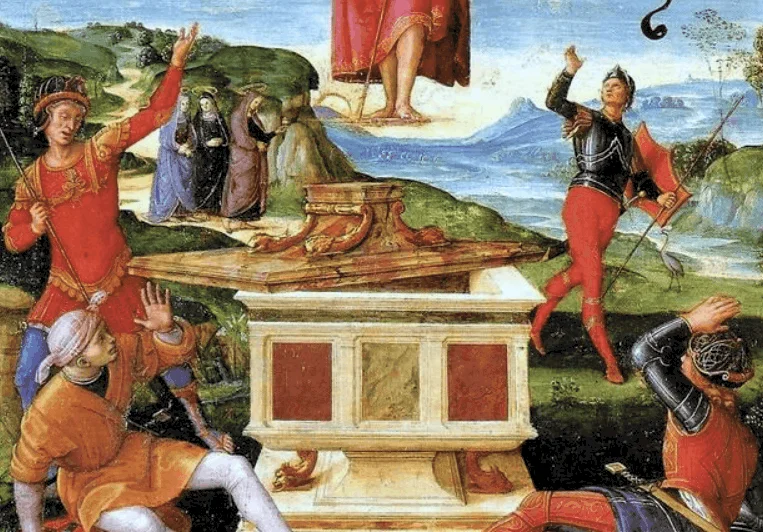
7. The painting is also known by another name
The painting was once acquired by Philippe d’Orléans, Duke of Orléans, and part of a collection of over 500 paintings called the “Orléans Collection.” The collection was acquired between the year 1700 and the year of the death of the Duke in 1723.
It was subsequently acquired by George Kinnaird, 7th Lord Kinnaird, and housed at his estate in Scotland called the “Rossie Priory,” just west of the city of Dundee in the east of the country.
Because of this ownership, the painting is also referred to as the “Kinnaird Resurrection.”
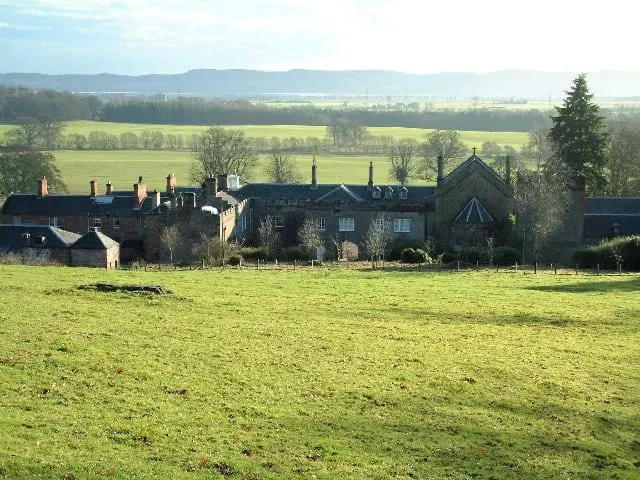
8. It’s located in a famous museum in Brazil
The painting remained in the Kinnaird Collection at the Rossie Priory until the year 1954. This was the year that it was sold to the São Paulo Museum of Art in Brazil.
Right now, the painting can still be admired here and it’s quite unique because it’s the only painting by Raphael in the entire Southern Hemisphere!
